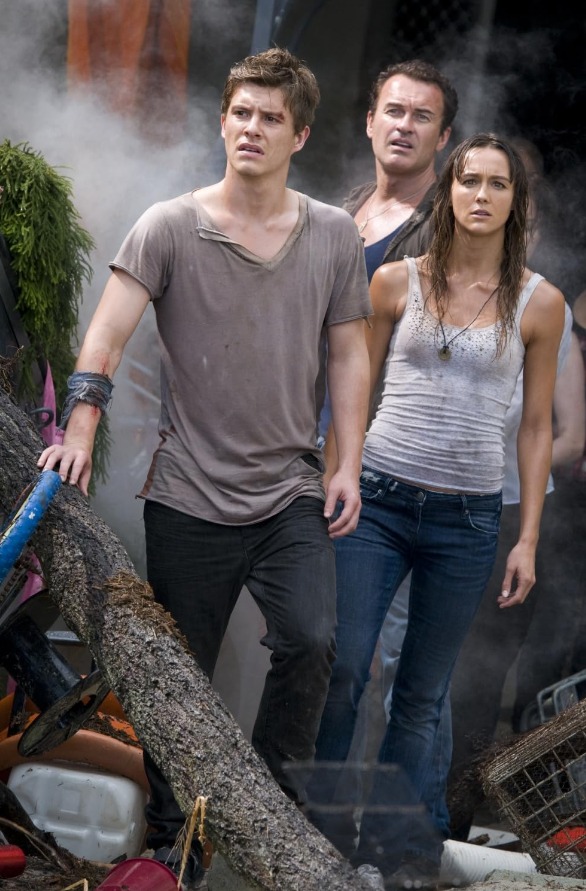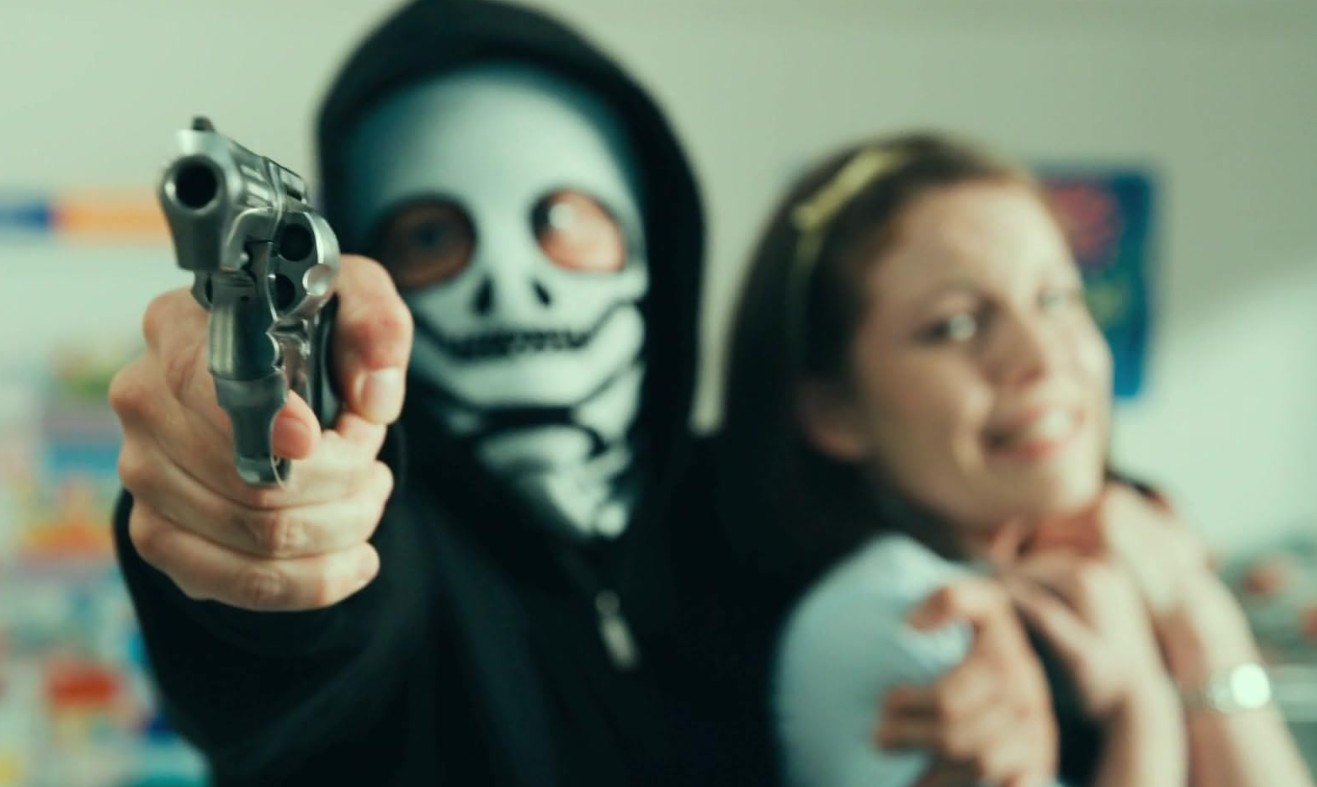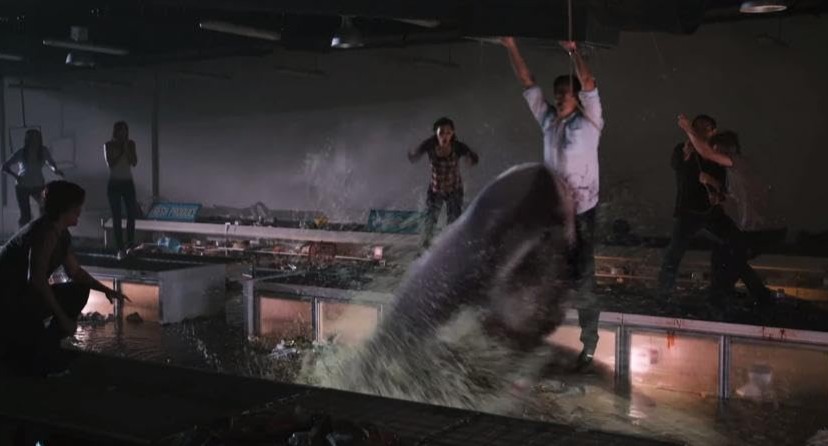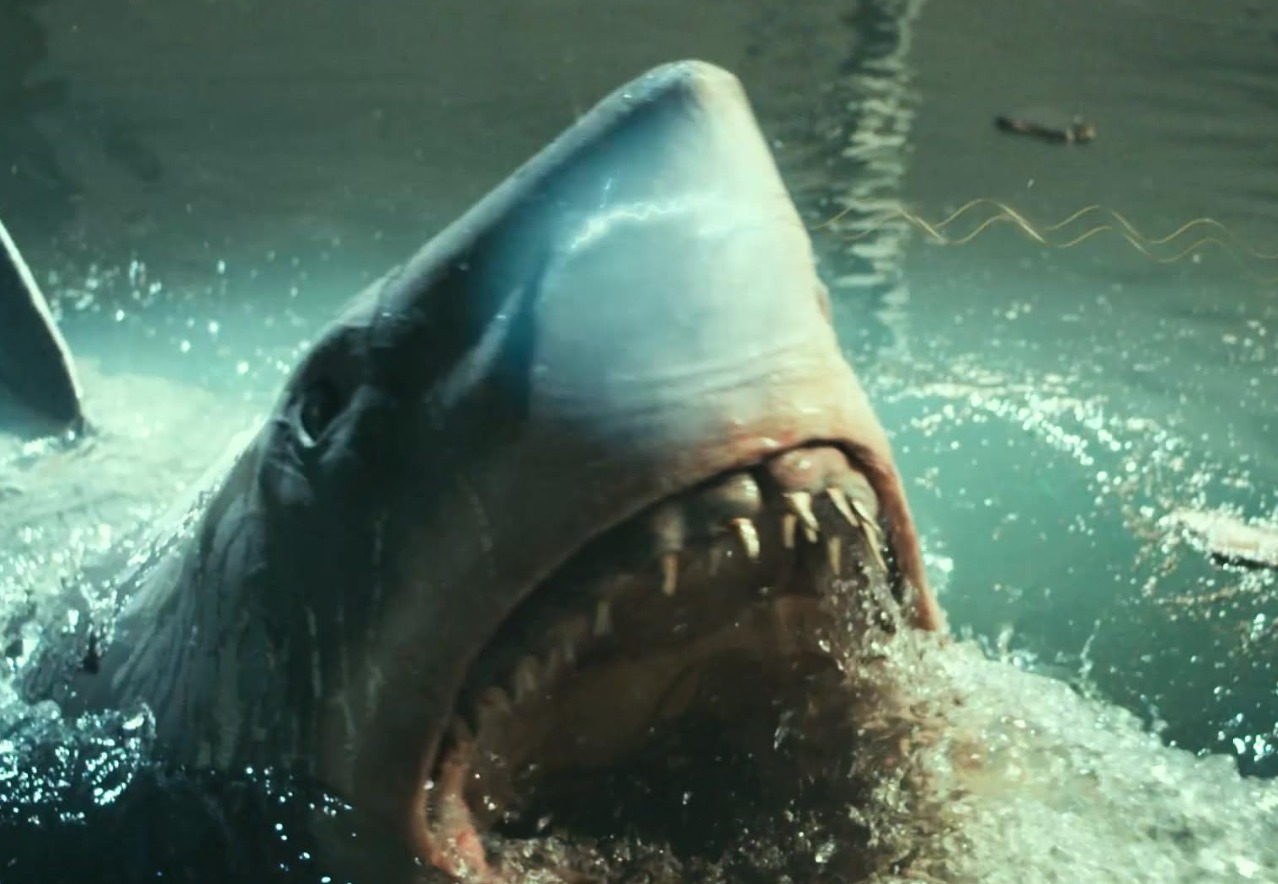Movie:

Visual Style and Cinematic Approach
The visual style of “Bait 3D” is characterized by its use of 3D technology, which adds depth to the underwater scenes and the shark attacks. The film’s cinematography captures the claustrophobic and submerged environment of the supermarket, heightening the sense of danger and urgency. The underwater scenes are particularly effective in conveying the menace of the sharks and the perilous conditions faced by the survivors.
The film’s special effects and shark animatronics are central to its appeal. The use of practical effects, combined with CGI, creates a realistic and often intense portrayal of shark attacks. The 3D effects are employed to enhance the horror experience, with scenes designed to shock and surprise the audience with sudden and visceral imagery.
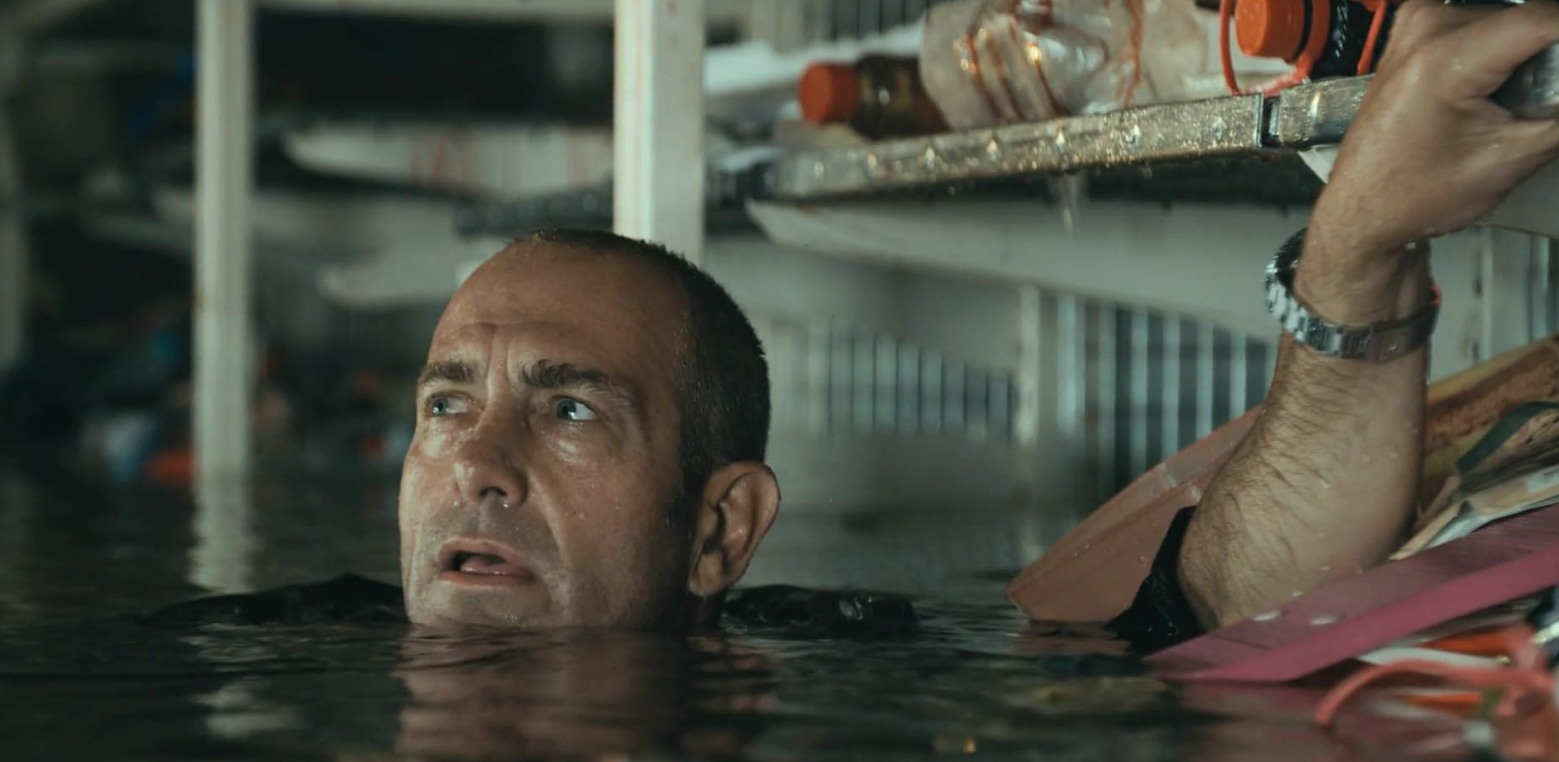
Performances
The cast of “Bait 3D” includes a mix of familiar faces and lesser-known actors, each contributing to the film’s ensemble. The performances are generally solid, with the actors delivering believable reactions to the extreme circumstances. The leads, including Xavier Samuel, Sharni Vinson, and Julian McMahon, handle their roles with conviction, adding depth to the survival drama.
While character development is not the film’s primary focus, the actors manage to bring out the emotional and psychological aspects of their roles. Their performances help to create a sense of urgency and tension, making the shark attacks and survival struggles more impactful.
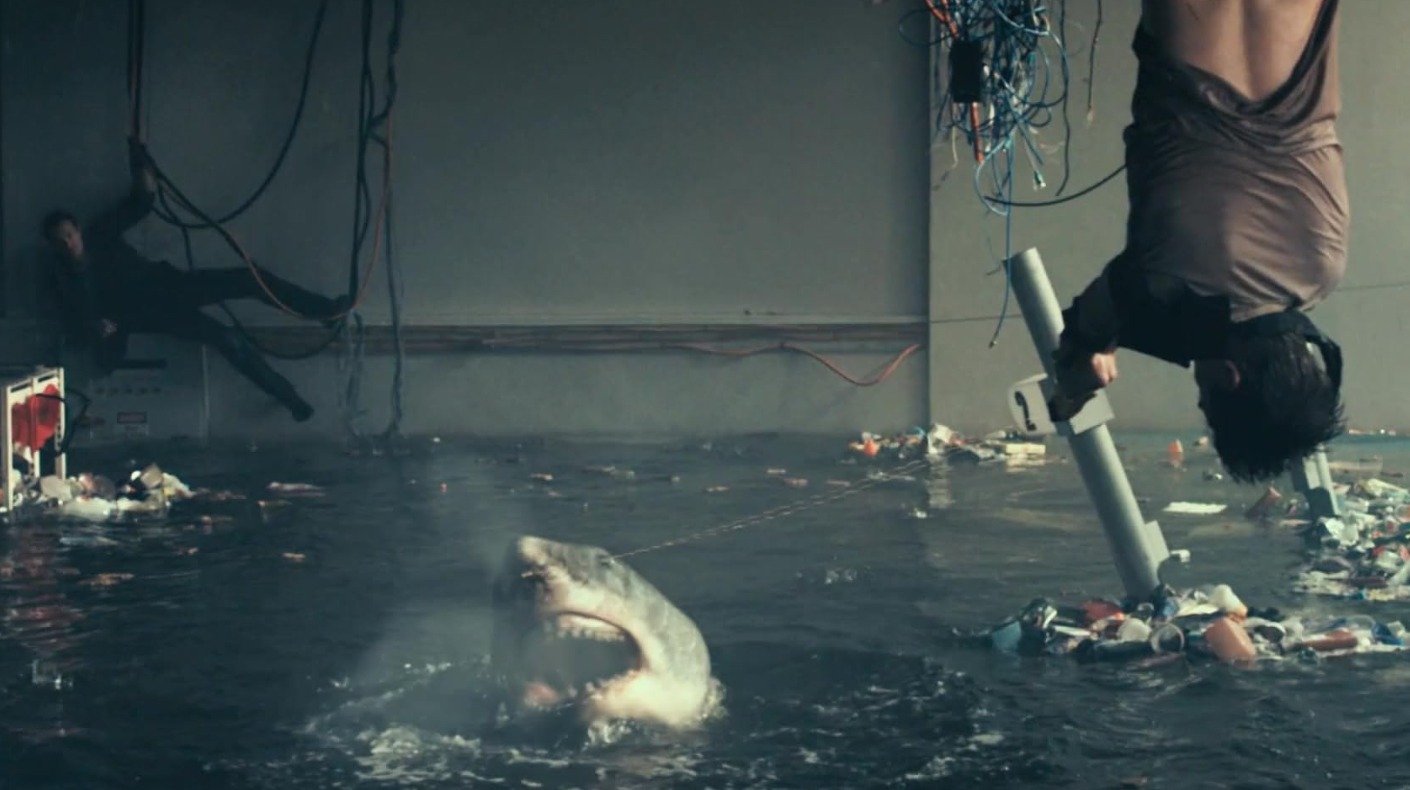
Conclusion
“Bait 3D” (2012) is a high-concept horror film that combines the thrills of shark attacks with the claustrophobic tension of being trapped in a submerged supermarket. While it may not break new ground in the horror genre, its unique premise and effective use of 3D technology make it a noteworthy entry for fans of survival horror and creature features. The film’s blend of suspense, gore, and action, along with its engaging set-piece scenes, ensures that it delivers a thrilling and entertaining experience.
